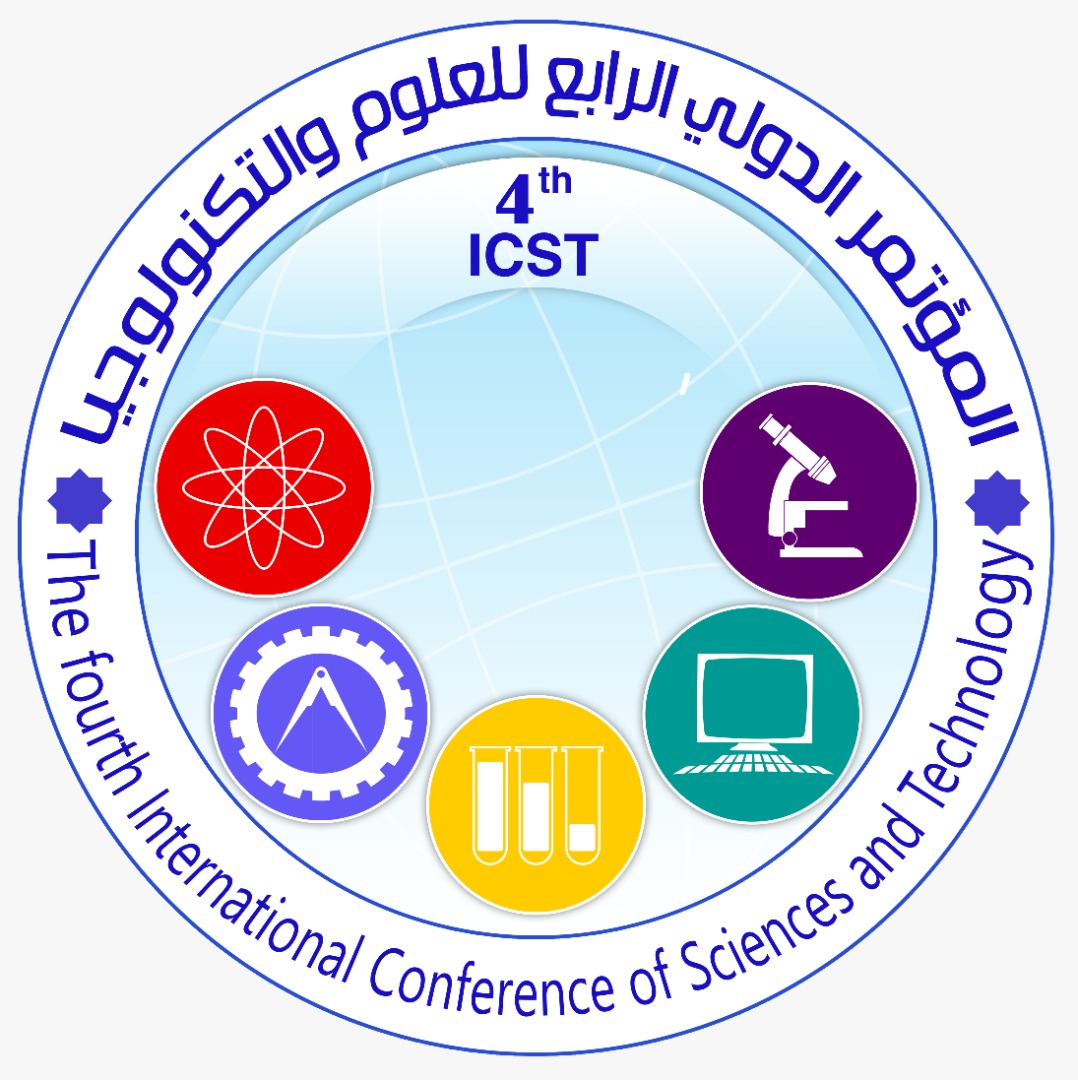A method for determining fluids contact and identifying types of reservoir fluids in the F3-sandstone reservoir, field case study in Libya
Abstract
This research study focuses on the use of tools for well X05-NC169a in (X field) in Libya. Tools such as reservoir saturation tool and repeat formation tool used in this study. F3-Sand Stone is the main reservoir and has a gross thickness ranging from 130 to 187 feet. The aim of this study is to identify the type of fluid and to determine fluid contacts in the F3 - Sand Stone Reservoir. The study was based on a petro-physical evaluation on the well X05-NC169a by using log data (Gamma Ray Log, Resistivity Log, Neutron Log and Density Log). The Techlog software was used to analyze the log data, while the Surfer software was used for mapping. The results indicate that it has a hydrocarbon and water column. Apart from combining the petro-physical results of well tests ( RFT data and RST) is to define the reservoir fluids type. The fluid contacts changed when the hydrocarbon fluid level decreased. The most dominant Hydrocarbon in the reservoir, according to RFT, RST, and Petro-physics data, is predominantly two phases. Zones of gas and oil.
Full text article
Authors
Copyright (c) 2021 Journal of Pure & Applied Sciences

This work is licensed under a Creative Commons Attribution 4.0 International License.
In a brief statement, the rights relate to the publication and distribution of research published in the journal of the University of Sebha where authors who have published their articles in the journal of the university of Sebha should how they can use or distribute their articles. They reserve all their rights to the published works, such as (but not limited to) the following rights:
- Copyright and other property rights related to the article, such as patent rights.
- Research published in the journal of the University of Sebha and used in its future works, including lectures and books, the right to reproduce articles for their own purposes, and the right to self-archive their articles.
- The right to enter a separate article, or for a non-exclusive distribution of their article with an acknowledgment of its initial publication in the journal of Sebha University.
Privacy Statement The names and e-mail addresses entered on the Sabha University Journal site will be used for the aforementioned purposes only and for which they were used.





